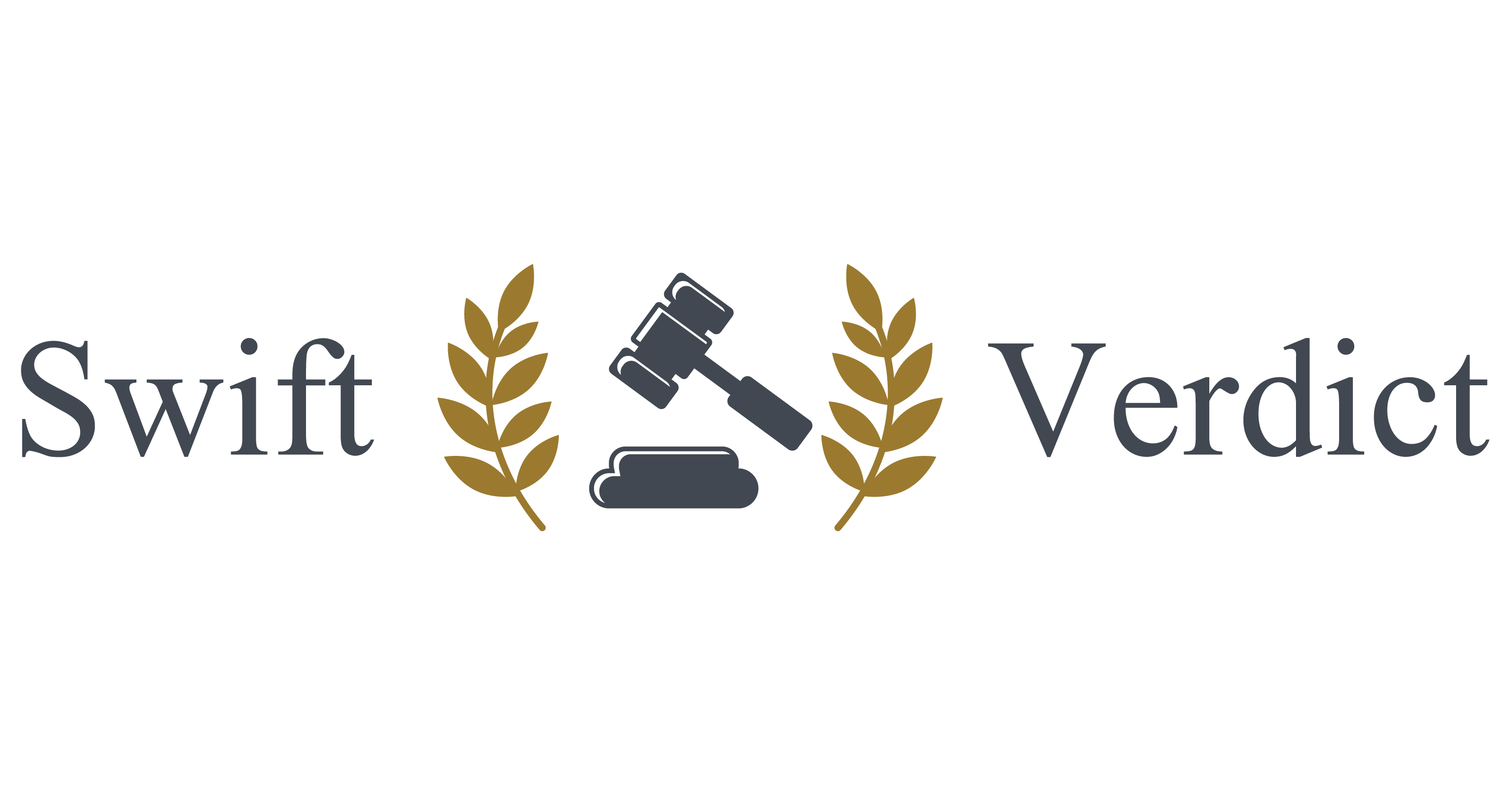In the realm of relationships, the term ‘breadwinner’ has undergone a transformation, shedding its traditional association with men as the primary earners. In the contemporary landscape, either partner can wear the ‘breadwinner’ hat, or there might not be a clear distinction at all. The financial dynamics in a relationship have evolved, raising questions about money and stability, especially for those not wearing the ‘breadwinner’ badge.
Navigating Divorce Finances: Beyond the Fear of the Unknown

Divorce can be a daunting prospect, and financial concerns often take center stage. If you find yourself on the side of being the lower earner or without income, fret not—there’s a safety net waiting to catch you. The court typically starts with a 50/50 split of finances and assets, recognizing the evolving roles and contributions in modern relationships.
Financial Fairness Unveiled: What You Need to Know
- Future Earnings and Needs: Courts consider future earning capacities and the needs of each party. If you’re the lower earner, this plays a crucial role in shaping the financial settlement.
- Equal Share Myth: While a 50/50 split is the starting point, it doesn’t automatically entitle you to half of your partner’s income. Understanding the nuances of financial agreements is key.
Untangling Legal Fees: Who Bears the Burden?
Worrying about legal fees during a divorce is common. Usually, each person pays for their own expenses. This includes paying for the court and for any lawyers they hire. The person who starts the divorce process, called the applicant, pays the court’s charges. It’s really important to know all about these costs and how they work.
Navigating the Financial Maze: Disclosure and Maintenance

Financial Disclosure: Transparency is the cornerstone of divorce proceedings. Through forms like Form E, couples lay out their financial landscape. Honest disclosure paves the way for agreements on future needs.
Spousal Maintenance: A higher-earning spouse may be obligated to provide financial support, termed spousal maintenance. This support aims to maintain a similar standard of living post-divorce.
- Duration: Spousal maintenance might be a temporary arrangement or extend over an extended period, depending on the circumstances.
- Clean Break: Some prefer a ‘clean break,’ severing all financial ties promptly. This requires a court-approved financial order, safeguarding against future claims.
Pensions: The Hidden Asset
Pensions often linger in the shadows during divorces. Yet, they are vital components that require careful consideration. Unlike popular belief, there’s no automatic entitlement to an equal share.
Importance of Legal Advice: Seeking legal counsel is crucial, especially for the lower earner, to navigate the complexity of pension-related decisions.
Crafting Your Path: What’s the Best Option for You?

Individualized Guidance: There’s no one-size-fits-all solution in divorce. Seeking advice from a family lawyer is pivotal in making informed decisions tailored to your circumstances.
- Separation Agreements: If marriage never took place, a Separation Agreement becomes a valuable tool. While not legally binding, it formalizes asset division, financial arrangements, and considerations for children.
Empowering Your Financial Future
In the intricate dance of divorce, being the non-‘breadwinner’ doesn’t equate to financial vulnerability. Courts and settlements are attuned to the nuances of modern relationships.
Seek guidance, embrace transparency, and craft a financial future that aligns with your unique journey. As you navigate this chapter, remember: that financial security is a partnership, not a solo act.




